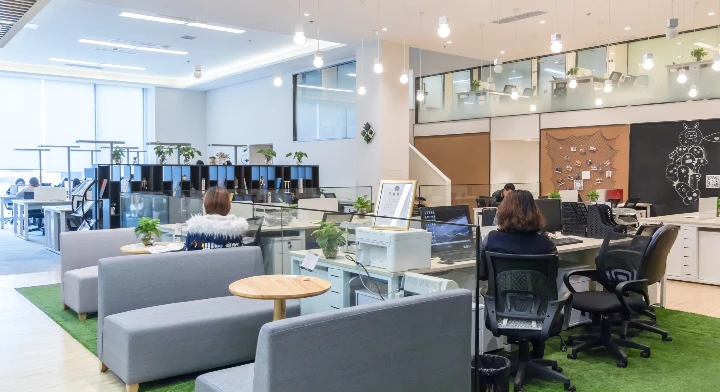
- Afrikaans
- Arabic
- Belarusian
- Bengali
- Czech
- Danish
- Dutch
- English
- Esperanto
- Estonian
- Finnish
- French
- German
- Greek
- Hindi
- Hungarian
- Icelandic
- Indonesian
- irish
- Italian
- Japanese
- kazakh
- Rwandese
- Korean
- Kyrgyz
- Lao
- Latin
- Latvian
- Malay
- Mongolian
- Myanmar
- Norwegian
- Persian
- Polish
- Portuguese
- Romanian
- Russian
- Serbian
- Spanish
- Swedish
- Tagalog
- Tajik
- Thai
- Turkish
- Turkmen
- Ukrainian
- Urdu
- Uighur
- Uzbek
- Vietnamese
cost of artificial grass for football field
Nov . 05, 2024 03:54 Back to list
The Cost of Artificial Grass for Football Fields
As the popularity of football continues to soar worldwide, the demand for high-quality playing surfaces has never been higher. While natural grass fields have traditionally been the standard, many organizations are turning to artificial grass due to its numerous benefits. However, one major consideration that often arises is the cost of installing artificial grass for football fields. This article delves into the various factors influencing the cost, the long-term savings, and the overall value of making such an investment.
Initial Installation Costs
The initial cost of installing artificial grass on a football field can vary widely, typically ranging from $5 to $20 per square foot. This cost generally includes the grass itself, installation labor, and necessary site preparation. For a standard American football field, which measures about 57,600 square feet, the total installation cost can range from $288,000 to $1,152,000. It is essential to note that various factors can influence these costs, such as the quality of the turf, the geographical location, and the complexity of the installation.
Quality of Material
One of the most significant factors affecting the cost of artificial grass is the quality of the materials used. Higher quality turf often boasts features like better durability, more realistic appearance, and superior drainage systems, which can justify the steeper price. Cheaper alternatives might save money upfront but could lead to higher costs in maintenance, repairs, and replacements over time. Investing in high-quality materials can ensure that the football field remains usable and visually appealing for many years, ultimately providing better value.
Maintenance Costs
While artificial grass is often marketed as a low-maintenance option, it does require some care to preserve its quality. Regular maintenance includes cleaning, infill leveling, and occasional repairs to any damaged sections. Although the maintenance may not be as demanding as that of natural grass, budgeting for these expenses is crucial. Depending on the use frequency, annual maintenance costs can range from $5,000 to $10,000 for a football field.
In comparison, maintaining a natural grass field can be significantly more expensive, often requiring regular mowing, fertilization, pest control, and watering, which can total several thousand dollars annually. Over time, these savings can make artificial grass a more economical choice.
cost of artificial grass for football field

Longevity and Durability
Artificial grass is designed to withstand heavy foot traffic, making it particularly suitable for football fields that see frequent use. A high-quality artificial turf can last between 10 to 15 years, sometimes even longer with proper care. Conversely, natural grass fields might require more frequent reseeding and restorative care, which adds to long-term costs.
The durability of artificial grass means that organizations investing in it can expect fewer disruptions in playability due to bad weather or field conditions. This consistent usability can lead to an increase in scheduled games and events, ultimately generating additional revenue for schools, clubs, and facilities.
Additional Considerations
While the cost of artificial grass installation and maintenance is a significant consideration, other factors should also be taken into account. Local climate, usage frequency, and community preferences can influence the decision to switch from natural to artificial turf. Additionally, some government and sporting bodies provide grants or subsidies to support the installation of synthetic fields, which can help offset initial expenses.
Moreover, the environmental aspect of synthetic grass cannot be overlooked. Many manufacturers are now creating eco-friendly versions of artificial grass that do not require harmful chemicals, thereby lessening the environmental impact associated with maintenance of natural fields.
Conclusion
In summary, the cost of artificial grass for football fields involves various factors, including initial installation expenses, quality of materials, maintenance costs, and longevity. Despite the higher upfront investment, the potential for long-term savings and consistent playability makes artificial grass an attractive option for many organizations. As the landscape of sports facilities continues to evolve, understanding the cost implications can help decision-makers make informed choices, ultimately enhancing the quality of play for athletes and the experience for spectators.
-
The Benefits of Artificial Turf for Indoors
NewsJul.15,2025
-
How Artificial Grass Suppliers Ensure Quality Products
NewsJul.15,2025
-
Artificial Grass and Pets: A Space for Relaxation
NewsJul.08,2025
-
Balcony & Outdoor Decoration with Artificial Grass
NewsJul.08,2025
-
Best Indoor Artificial Grass for Home
NewsJul.07,2025
-
Best Pet Turf for Dogs: Safe & Durable Artificial Grass Options
NewsJul.07,2025
Products categories









